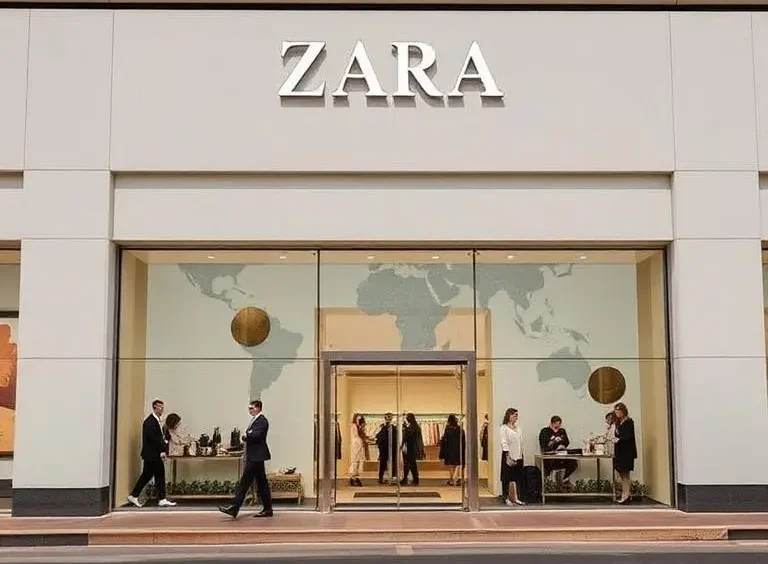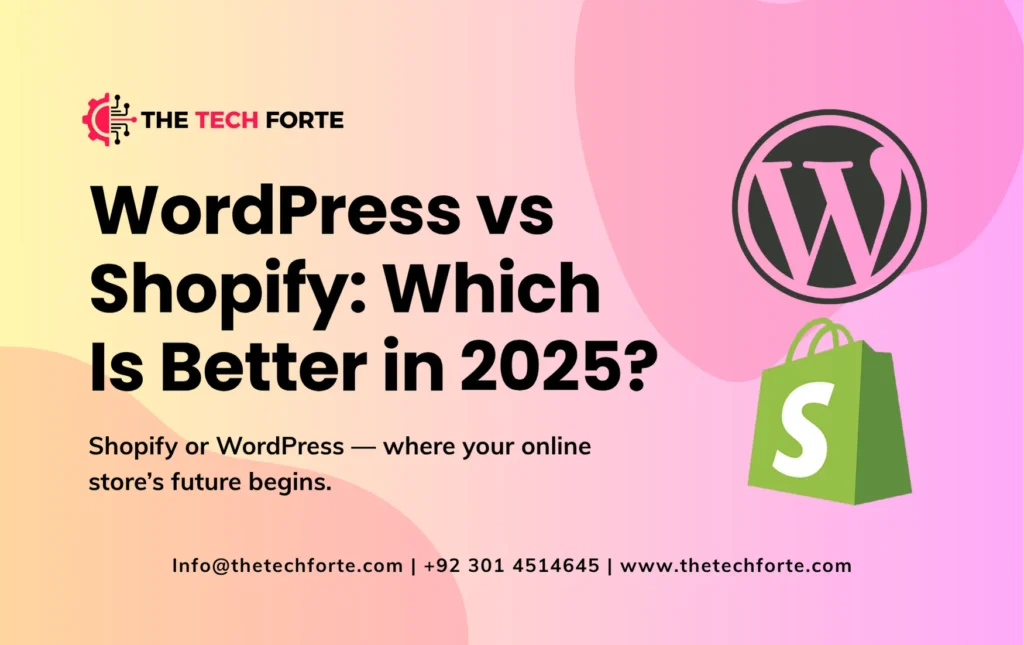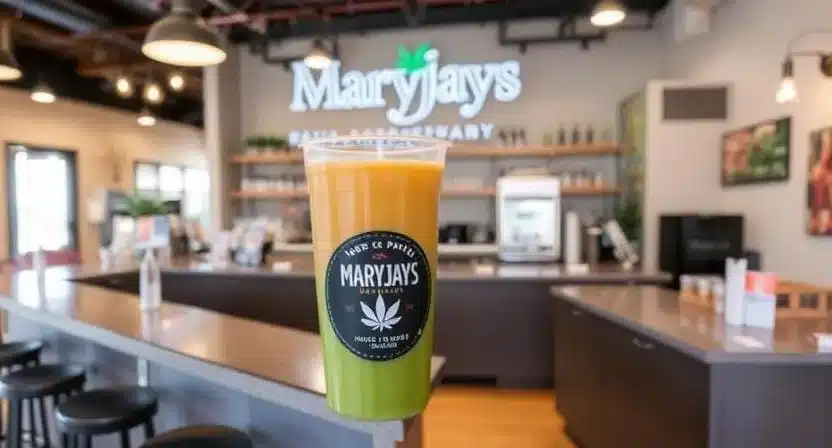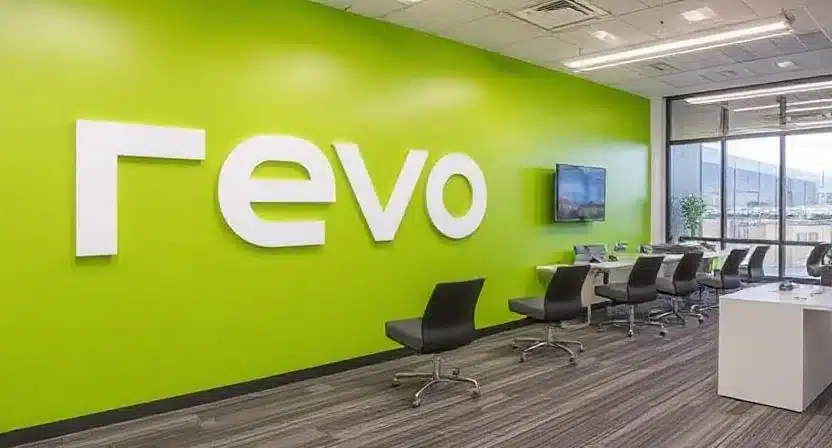Zara Global Expansion and Sustainable Growth Strategy

The Spanish fast-fashion retailer Zara has built itself into a globally recognised brand, operating across dozens of countries and competing in a high-velocity marketplace. This Zara Global Expansion and Sustainable Growth Strategy report aims to examine Zara’s international expansion techniques and its sustainability initiatives. The analysis comprises three central tasks: first, an environmental overview (both external and internal); second, its global market entry initiatives; and third, its corporate strategies.
Organisations such as Zara are inevitably influenced by external factors, which means they must continuously monitor and respond to them to maintain growth. As Zara ventures beyond its domestic market, it faces the challenge of understanding and adapting to new environments. Effective planning and operational control of global operations are therefore crucial to ensure future success and sustainable business decisions.
Task 1: Environmental Analysis
External and Internal Environments
This section presents a detailed examination of Zara’s environment. As a global fashion brand, Zara offers a broad portfolio of apparel products and has achieved success by responding rapidly to consumer demands. To formulate effective strategies and enhance organisational capabilities, Zara leverages both external and internal frameworks to guide decision-making. Among the key analytical tools applied here are the PESTEL framework for the external environment and the VRIO framework for internal resource assessment.
External Analysis: PESTEL Framework
PESTEL (Political, Economic, Social, Technological, Environmental, Legal) is widely used to identify external factors that impact business performance (Johnson et al., 2017). For Zara, each dimension plays an important role in shaping strategic practice.
Political:
International trade policies and regional tax regimes are major political forces affecting Zara’s global operations. Operating across Europe, Asia, and the Americas means Zara must navigate varying regulations and governmental frameworks. For example, expansion into markets such as China or India requires compliance with local trade laws, tariffs, and foreign-investment regulations; shifting government policies may hamper Zara’s speed of entry into those markets (Zhu, 2022).
Economic:
Key economic variables such as supply-chain cost structure, labour availability, and consumer spending power influence Zara global strategy. Although headquartered in Spain, Zara benefits from relatively low labour costs in certain manufacturing locations and large-scale purchasing of materials, enabling cost benefits. Historically, production has been concentrated near Spain for rapid responsiveness, but offshoring and free-trade zones also contribute to competitive cost management (Inditex, 2024). Economic downturns, changing consumer income levels, and currency fluctuations therefore significantly affect Zara’s global performance.
Social:
Consumer attitudes and the adoption of e-commerce have changed significantly in recent years. Zara’s emphasis on trendy, affordably priced fashion aligns with the fast-fashion consumer expectation. Additionally, its investment in online presence and logistic enhancements responds to growing digital shopping behaviours (Martin Roll, 2020). Zara also adapts product lines to local cultural preferences, catering to diverse age groups and countries, thus boosting its penetration in new regions.
Technological:
Innovations in supply-chain management, inventory tracking, and digital retail have bolstered Zara’s capabilities. For instance, the adoption of RFID technology and advanced IT systems in its distribution network ensures rapid restocking and minimal inventory lag (Aithor, 2024). Zara’s online platform and global logistics network point to a sophisticated technological approach that enables it to link design, manufacturing, and retail more tightly than many competitors.
Environmental:
Sustainability concerns are becoming central to the apparel retail industry. Zara, through its parent company Inditex, is investing in eco-friendly production and pledging to reduce its carbon footprint. The firm acknowledges that sustainability is not only an ethical requirement but a competitive differentiator (Inditex, 2023). Its commitment to “responsible fashion” and more sustainable sourcing practices underlines the importance of environmental factors in strategic planning.
Legal:
As Zara expands into multiple jurisdictions, it must comply with a wide range of laws, including intellectual property, labour standards, and retail licensing. For example, trademark, patent, and copyright protections affect Zara’s ability to maintain design advantages across borders. Failure to meet regional labour regulations or to address ethical manufacturing could incur reputational and financial risks (Stooksbury, 2021).
Internal Analysis: VRIO Framework
The VRIO model (Value, Rarity, Imitability, Organisation) helps assess internal resources to identify sources of sustainable competitive advantage (Barney, 1991). Applying VRIO to Zara yields the following:
- Valuable: Zara’s agile design-to-store model generates significant value, enabling rapid response to fashion trends and efficient turnover (Benavides, 2024).
- Rare: The vertical integration of design, manufacturing, and distribution within Zara is relatively unique in the fast-fashion sector, and the scale of Zara’s global footprint is rare (Turn0search3).
- Imitable: While competitors may attempt similar supply-chain agility, Zara’s established system and data-driven operations are difficult to replicate without extensive investment and time (Zhu, 2022).
- Organised: Zara has structured its organisational processes to exploit its resource base: its parent company, Inditex, provides centralised coordination of global operations and consistent brand strategy (Inditex, 2024).
From these, Zara’s internal capabilities can be seen as sustainable advantages that support its global expansion and strategic growth.
Critical Success Factors
From this analysis, several key factors emerge:
- Zara’s strong brand recognition and global presence underpin its capacity to set fashion trends and reach broad markets.
- Its highly efficient supply-chain network and ability to respond quickly to demand give it an edge in fast-fashion retail.
- Effective leadership and organisational structure, supported by Inditex, provide strategic coherence.
- Technological infrastructure that supports real-time inventory, data analytics and global logistics further strengthens the business model.
Sources of Competitive Advantage
Key sources include:
- A globally integrated supply chain that enhances control over production and delivery.
- A product-offering strategy that emphasises trendy, frequently updated apparel to maintain customer engagement.
- Diverse global market positioning—targeting wide demographic segments across multiple countries.
- Cost and speed leadership achieved through production-distribution proximity and efficient logistics (Benavides, 2024).
Maintaining Competitive Advantage
To maintain or strengthen its competitive position, Zara adopts the following strategic practices:
- Leveraging economies of scale and efficient supply-chain coordination to keep lead times short and costs down.
- Introducing differentiated and innovative product lines to avoid commoditisation and maintain customer interest.
- Investing in the workforce and technology to support growth in new markets, thus enhancing operational capabilities globally.
Suggested Read: The Future of E-Commerce for Small Businesses
Task 2: Strategy in the Global Environment
Strategic Intent and Global Expansion
Zara’s ambition to operate on a global scale requires strategic entry into diverse international markets. The firm’s planning for global operations integrates both efficiency and responsiveness (Refaat, 2024).
Relevant Model: Yip’s Globalisation Drivers
Yip’s (1989) framework identifies four drivers of zara global strategy: market, cost, competitive, and government. Applying Yip to Zara:
- Market driver: Customers across regions exhibit similar desires for fashion, enabling Zara to transfer its offer internationally with some adaptation (Benavides, 2024).
- Cost driver: Zara exploits scale economies and centralised production to cut costs. Its manufacturing network is optimised to supply stores quickly, benefiting from low cost and high volume (Inditex, 2024).
- Competitive driver: Zara competes against global and local fast-fashion retailers (e.g., H&M) and must cultivate unique strengths to maintain market share (Zhu, 2022).
- Government driver: Entry into new markets is impacted by host-country policies, trade agreements, and restrictions; Zara must navigate varied regulatory landscapes when expanding (Stooksbury, 2021).
Motives for Global Expansion
Zara is motivated to expand globally for three main reasons:
- To enhance brand awareness and strengthen consumer connection in new markets.
- To increase sales and revenue by capturing new regional customer bases.
- To secure a dominant market position in the global fast-fashion sector, leveraging its established capabilities (Martin Roll, 2020).
Internationalisation Strategies
Zara uses various entry strategies such as exporting, franchising, and direct investment (Lopez & Fan, 2009). Among these, exporting from Spain to other countries is cost-efficient and reduces initial risk. In markets where local adaptation is required, Zara uses joint ventures or wholly-owned subsidiaries to gain responsiveness and local integration (Stooksbury, 2021).
Selecting the Best Entry Strategy
Considering its resources, Zara tends to favour exporting for initial market entry, especially in regions where demand can be served from Europe. This strategy minimises capital expenditure and exploits Zara’s efficient production-distribution system. For markets requiring significant local adaptation, Zara may opt for franchising or direct investment (Benavides, 2024).
Task 3: Corporate Strategy
Supply Chain and Operational Integration
Corporate strategy for Zara centres on optimising supply-chain performance and streamlining global operations. Several strategic frameworks illustrate this focus.
Ansoff’s Matrix:
Applying Ansoff’s (1957) matrix to Zara shows its approach as market development: using current product lines to enter new international markets (Martin Roll, 2020). The firm also pursues product development by refreshing collections frequently and occasionally diversifies into related segments such as home-ware (Zara Home) (Studycorgi, 2025).
Supply-Chain Integration
Zara utilises a combined horizontal and vertical integration model. It manages many design, manufacturing, and distribution functions internally, allowing for shorter lead times. Outsourcing is carefully managed, and logistic alliances support rapid global replenishment (Author, 2024). This integrated model supports Zara global strategy of rapid turnover and trend responsiveness.
Outsourcing and Strategic Alliances
Zara engages in strategic alliances with logistics partners and leverages outsourced manufacturing for non-core segments, while preserving in-house control over fast-fashion essentials. This hybrid approach supports flexibility and cost control (Refaat, 2024).
Profitability Framework: BCG Matrix
Using the BCG Matrix framework (Boston Consulting Group), Zara’s core clothing lines are positioned as “Cash Cows” that generate steady revenue, while investments in new markets or lines (such as home décor) are “Stars” that require investment (Studycorgi, 2025). The ability to reinvest profits in innovation and global expansion sustains growth.
Sustainability Strategy
Zara recognises the importance of sustainable growth and integrates it into both its corporate strategy and global operations. Inditex’s annual reports highlight a commitment to responsibly produced fashion and sustainability across brand operations (Inditex, 2023). These include energy-efficiency initiatives, sustainable materials sourcing, and supply-chain transparency.
Efforts such as expanding online sales channels and efficient logistics reduce the environmental footprint of traditional brick-and-mortar retail. Zara’s push to refurbish stores and invest in digital platforms shows a move towards a more sustainable retail model. This focus on the environment supports both regulatory compliance and brand value in an increasingly sustainability-aware consumer market (Inditex, 2024).
Challenges and Future Considerations
Despite the strengths of Zara’s global strategy, several challenges remain. Rapid expansion increases exposure to geopolitical risk and regulatory volatility (e.g., trade sanctions or local labour laws). Fast-fashion business models are under increasing scrutiny for environmental impact and ethical manufacturing practices, which could harm brand reputation if not managed (Stooksbury, 2021).
Zara must also maintain its agility as the competitive landscape evolves with digital disruption and growing consumer demand for sustainability. Continuous investment in technology and global logistics is essential to retain the lead time advantage. Finally, balancing global standardisation with local responsiveness in fragmented markets remains a strategic tension.
Conclusion of Zara Global Expansion and Sustainable Growth Strategy
In conclusion, Zara global expansion and sustainable growth strategy are rooted in a well-crafted business model underpinned by agility, vertical integration, and global reach. The environmental zara PESTEL analysis (PESTEL) and internal resource assessment (VRIO) highlight how Zara leverages external and internal factors to maintain a competitive advantage. Its internationalisation strategy, guided by Yip’s globalisation drivers and aligned with the Ansoff and BCG matrices, underscores its strategic approach. Meanwhile, Zara’s commitment to sustainable growth aligns with modern consumer expectations and global regulatory trends. Continued success will depend on Zara’s ability to manage risk, remain agile, and embed sustainability deeply across its operations.
References: Global Strategy and Sustainability of Zara
- Author, C. (2024). Zara logistics system & transportation strategy case study.
- Ansoff, H. I. (1957). Strategies for diversification. Harvard Business Review.
- Barney, J. (1991). Firm resources and sustained competitive advantage. Journal of Management, 17(1), 99-120.
- Benavides, G. F. (2024). Evolution of Inditex Group’s internationalisation strategy. Journal of Business Research.
- Inditex. (2023). Our strategy: Statement on non-financial information. Inditex Group.
- Inditex. (2024). Our strategy. Inditex Group.
- Johnson, G., Scholes, K., & Whittington, R. (2017). Exploring Corporate Strategy (11th ed.). Pearson.
- Lopez, C., & Fan, Y. (2009). Internationalisation of the Spanish fashion brand Zara. Journal of
- Fashion Marketing & Management, 13(2), 279-296.
- Martin Roll (2020). The secret of Zara’s success: A culture of customer co-creation. Martin Roll Company.
- Refaat, M. (2024). Zara global strategy.
- Stooksbury, A. (2021). Inditex: A case study in transferring fast fashion to the world. University of South Carolina.
- Yip, G. S. (1989). Zara Global Strategy in a World of Nations. Sloan Management Review.
- Zhu, T. (2022). International business strategy of fast fashion brands (On the example of Zara Global strategy).
- Journal of Education, Humanities & Social Sciences, 4, 221-227.



















































































































































































































